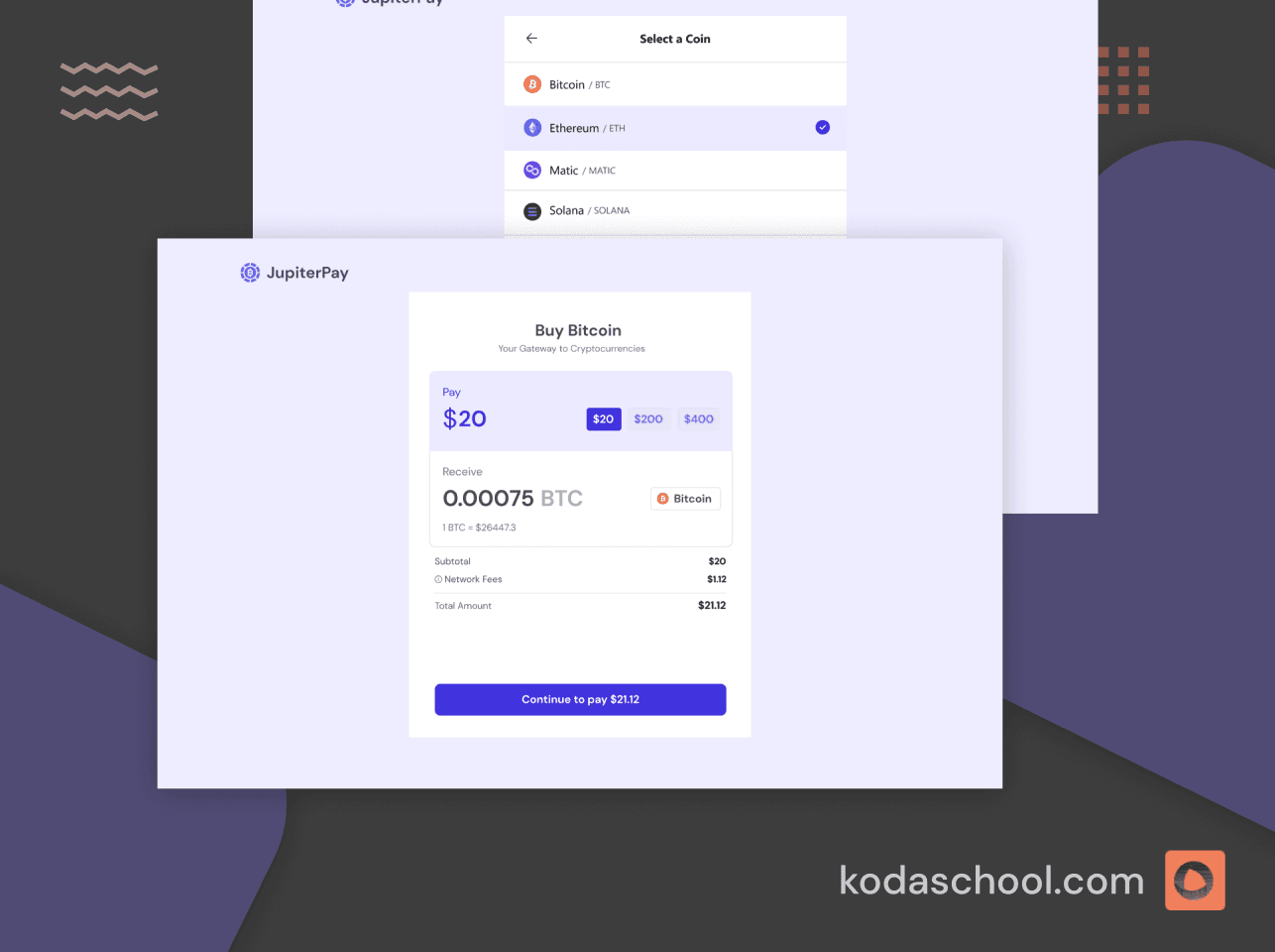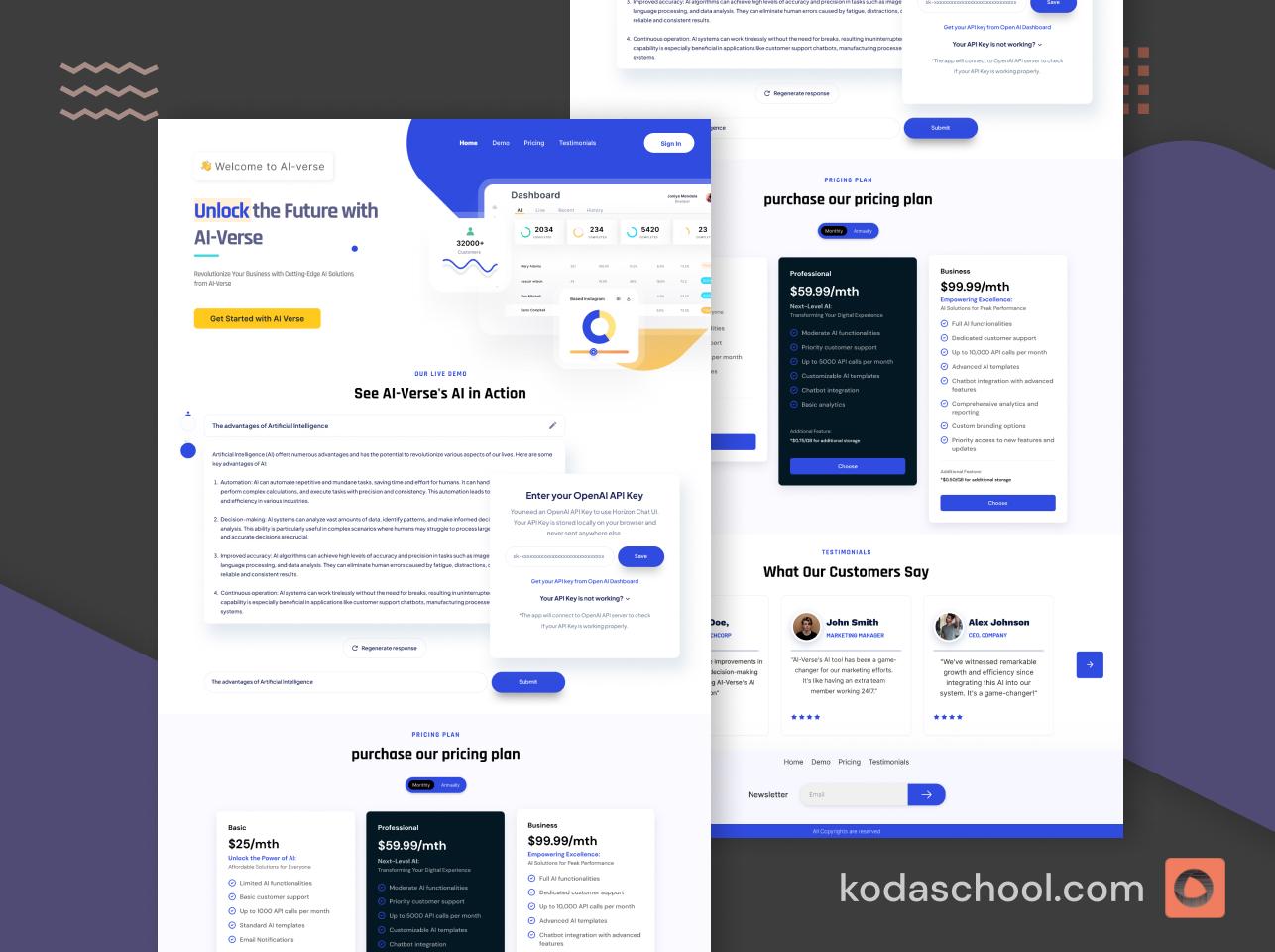Advanced AWS Identity and Access Management (IAM) Techniques
Focused on advanced IAM features and best practices for the AWS Solutions Architect Associate exam
This article explores deeper IAM features, such as permissions boundaries, IAM Access Advisor, service linked roles, and identity federation, along with best practices for effective IAM management.
1. IAM Permissions Boundaries
Permissions boundaries are advanced IAM features that allow you to use managed policies to set the maximum permissions that an IAM role or user can have. These are useful in delegating permissions management to developers in a large organization without risking the granting of overly broad access.
Key Concepts:
- Use Case - A developer can create roles within their own permissions boundary without exceeding the boundary's limits.
- Management Strategy - Define a permissions boundary policy that outlines the highest level of permissions assignable by IAM entities within specific roles or tasks.
2. IAM Access Advisor
IAM Access Advisor uses IAM usage data to help you set and refine permissions. It shows the service permissions granted to a user and when those services were last accessed. This information can guide you to remove unnecessary permissions that are not being used.
Key Concepts:
- Reviewing Permissions - Regularly check Access Advisor to identify unused permissions and tighten IAM policies accordingly.
- Audit and Compliance - Helps maintain least privilege and compliance with company policies by showing when services were last accessed.
Try Kodaschool for free
Click below to sign up and get access to free web, android and iOs challenges.
3. IAM Service Linked Roles
Service linked roles are predefined by AWS and are designed to provide permissions that specific AWS services require to call other AWS services on your behalf. These roles are automatically created the first time a service needs them.
Key Concepts:
- Automatic Management - AWS manages these roles directly, handling setup, rotation, and revocation of permissions as necessary.
- Service-Specific - Each service linked role is tied to a specific service and is predefined by the service's requirements.
4. IAM Identity Federation
Identity federation allows users to authenticate with federated identity providers and then access AWS resources without AWS credentials. This is critical for organizations that want to enable access for users who have identities defined outside of AWS.
Key Concepts:
- SAML 2.0 - Supports integration with corporate directories via SAML, allowing Single Sign-On (SSO) capabilities.
- IAM Roles and Policies for Federated Users - Configure IAM roles that federated users can assume, using conditions to manage and secure access.
5. Best Practices for IAM
Implementing the following best practices will enhance the security and manageability of your AWS environment:
- Regularly Rotate Credentials - Change IAM user access keys and passwords periodically to limit risks from stolen or leaked credentials.
- Enable MFA - For all users, particularly for those with administrative access.
- Audit Permissions with AWS CloudTrail - Keep logs of all IAM and resource access events to review and audit changes or ensure compliance.
- Least Privilege Principle - Continuously review and apply the minimal permission necessary for users and roles to perform their tasks.
6. IAM Troubleshooting and Tips
Understanding common issues and how to troubleshoot them can save time and prevent security risks:
- Policy Simulation - Use the IAM policy simulator tools to test and validate policies before deployment.
- Resolve Permission Conflicts - Be aware that IAM deny policies override allow policies, which can lead to unexpected access denials.
Sample Questions
Question 1
You are setting up an AWS environment for a new project. You need to allow a group of developers to access Amazon EC2 instances but prevent them from launching or terminating instances. What is the most appropriate way to achieve this?
A. Attach an inline policy to each developer's IAM user that denies the ec2:RunInstances and ec2:TerminateInstances actions.
B. Create an IAM group for the developers and attach a managed policy that allows access to all EC2 actions except RunInstances and TerminateInstances.
C. Create an IAM role with the necessary permissions and have each developer assume this role when working with EC2.
D. Use a service linked role to automatically manage the permissions for the developers.
Answer: B. Create an IAM group for the developers and attach a managed policy that allows access to all EC2 actions exceptRunInstancesandTerminateInstances.
- Group policies make it easier to manage permissions for multiple users simultaneously, ensuring that all members of the group have consistent permissions.
Question 2
An organization uses SAML-based identity federation to allow users from their corporate Active Directory to access AWS resources. Which AWS IAM feature should be configured to grant these users access?
A. IAM Users
B. IAM Roles
C. IAM Access Keys
D. IAM Policy Simulator
Answer: B. IAM Roles
IAM roles can be assumed by federated users authenticated through a SAML-based identity provider, allowing them secure and temporary access to AWS resources.
Question 3
You are an AWS administrator at a company where you need to restrict the actions an IAM user can delegate to others when creating new IAM roles. What should you use to manage this?
A. IAM policies attached to the user
B. IAM permissions boundaries
C. IAM service linked roles
D. IAM Access Advisor
Answer: B. IAM permissions boundaries
- Permissions boundaries are used to define the maximum permissions that an IAM role or user can have, thus controlling the actions that a user can delegate to others.
Question 4
You notice that an IAM user has more permissions than necessary for their job functions, as evidenced by IAM Access Advisor showing several unused services that the user has permissions for. What is the best practice to address this situation?
A. Delete the IAM user and recreate them with fewer permissions.
B. Use the principle of least privilege to adjust the user's permissions.
C. Implement Multi-Factor Authentication (MFA) for the user.
D. Ignore the unused permissions if the user needs them in future.
Answer: B. Use the principle of least privilege to adjust the user's permissions.
- Adjusting permissions according to the principle of least privilege involves revoking unnecessary permissions, enhancing security without impacting the user's ability to perform their job functions.
Question 5
Your company has several AWS accounts and needs to manage access to these accounts centrally. What IAM feature should be used to allow users from one AWS account to access resources in another AWS account?
A. IAM Access Keys
B. IAM Users
C. Cross-Account Access Roles
D. IAM Groups
Answer: C. Cross-Account Access Roles
- Cross-Account Access Roles enable users from one AWS account to assume roles in another account, facilitating resource access across accounts with appropriate permissions.
Question 6
There are production and development instances running in a VPC. You need to ensure that people responsible for the development instances do not have access to work on production instances for better security. What is the best way to accomplish this using policies?
A. Launch the development and production instances in separate VPCs and use VPC Peering.
B. Create an IAM group with a condition that allows access to only those instances which are used for production or development.
C. Launch the development and production instances in different Availability Zones and use Multi-Factor Authentication.
D. Define the tags on the Development and production servers and add a condition to the IAM Policy which allows access to specific tags.
Answer: D. Define the tags on the Development and production servers and add a condition to the IAM Policy which allows access to specific tags.
- Using tags to differentiate resources and applying IAM policies that include conditions for these tags allows fine-grained access control. This method ensures that only authorized users can access specific instances based on their tags, effectively segregating development and production environments within the same VPC.











